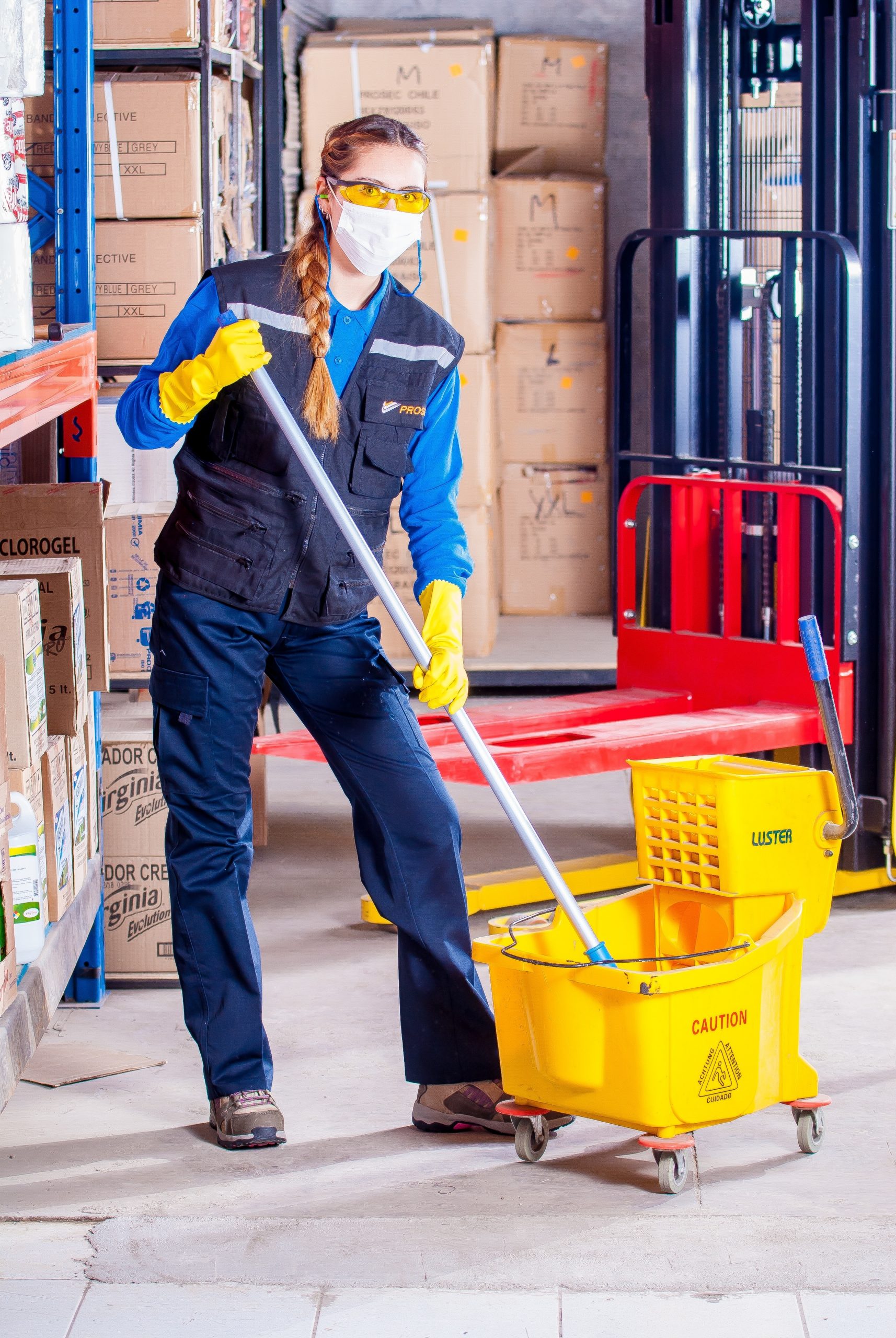Under OSHA and most other governing Health & Safety standards, employers are responsible for providing a workplace free of recognizable hazards that may cause injury or death. The onset of the COVID-19 outbreak has the potential to expose people to new hazards and risks that haven’t since been recognized. It is important to adapt our typical approach to Job Safety Analysis to address this new invisible threat to our health and safety.
Job Safety Analysis Steps
1. Selecting the Jobs to be Analyzed
This might mean omitting less dangerous jobs from a complete analysis due to practical constraints while prioritizing others. Are there jobs that now don’t need to be analyzed, because they can no longer be done? With the new threats caused by COVID-19, it’s important to reassess which jobs now have increased severity and potential of exposure to hazards and allocate resources to address and prevent those hazards.

2. Break Down the Job Into its Component Tasks for Analyzing
You should ask yourself, in this current environment are there tasks within that job that have a new potential for risk? Once the job has been broken down, look at rearranging those tasks to expose as few people as possible to those risks. You should look at reducing tasks that normally require many people, to tasks that only require one.
3. Identify Potential Hazards
This step will vary depending on the job even though the risks associated with COVID-19 are universal. We not only need to recognize the severity of these new risks but also shine a light on every corner of the workplace to identify exactly where these new risks are present and where they are most dangerous – and to who they are most dangerous. Doing this will help you know exactly what plans to take and what equipment to secure in the next step.

30+ Audit and inspection checklists free for download.
4. Determine Preventive Measures
Finally, we can look to our government institutions and medical experts as they have laid out a series of guidelines on the practical measures that can be taken to prevent the spread of COVID-19. The general practices that apply to all work environments include: Pre-screening and then regularly monitoring employees for symptoms, wearing a mask, social distancing, disinfecting and cleaning works spaces, and sending sick people home immediately. After ensuring these practices are followed closely, you should assess if there are any other preventative measures specific to the job and component tasks that can be applied to assure the safety of your employees.
For more on how to assess your preparedness for COVID-19 and future pandemics, check out our COVID-19 Crisis/Pandemic Preparedness Checklist for Business here.
For more on how to manage your business during the COVID-19 (and other) pandemic(s), check out our COVID-19 Crisis/Pandemic Outbreak Management and Response Checklist here.



